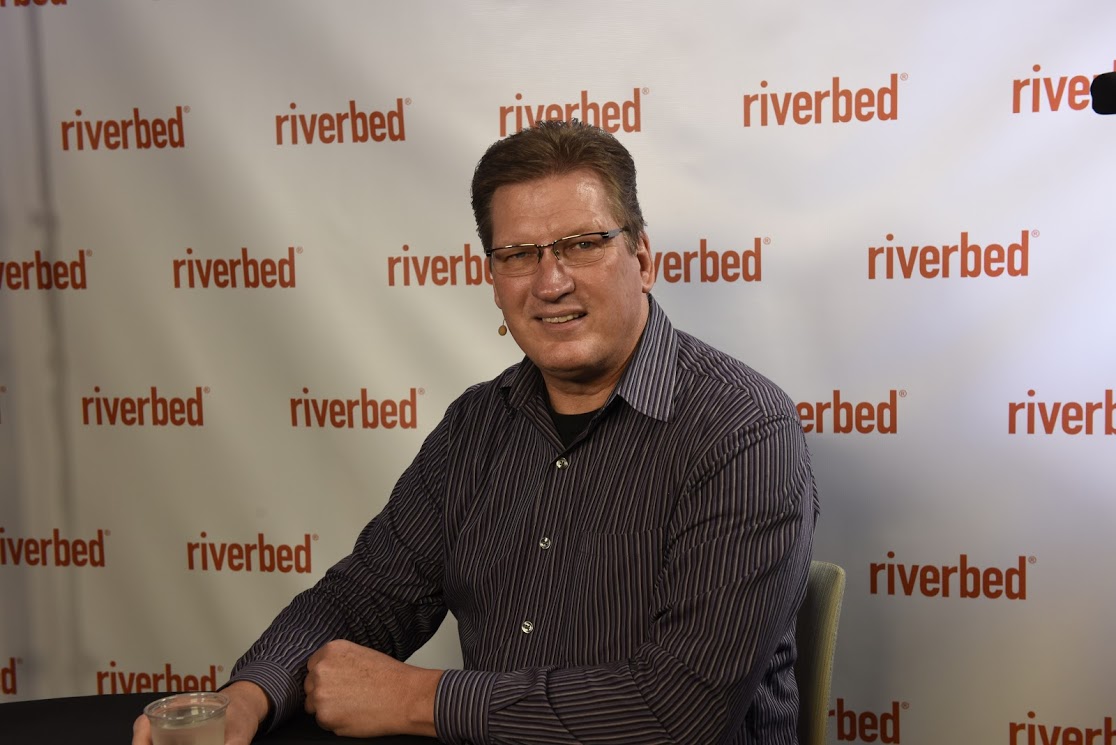 NEWS
NEWS
 NEWS
NEWS
 NEWS
NEWS
Multi-clouding is breaking up applications and scattering them across the virtualized universe. This is undoubtedly creating challenges to swift communication of data among all these different environments. Yet no one denies that multi-clouding is a net positive for most businesses, so the big push is for better means for applications to talk to each other across clouds. One company has found that a mobile “fog” layer can be the courier among its different clouds.
Greg White, senior director of Cloud Architecture at The Hertz Corp., said that virtualizing of the network is helping Hertz solve business problems. He tells his IT team, “We don’t necessarily have to have a big expensive MPLS [Multiprotocol Label Switching] only network; we can have an Internet-based network, add a lot of flexibility, save some money and provide better service to our customers.”
White told Dave Vellante (@dvellante) and Stu Miniman (@stu), cohosts of theCUBE, from the SiliconANGLE Media team, during the Riverbed Disrupt event about the layer he’s designing to float data to the application and back.
“We have a general cloud, and we have what we would call a hyper-converged or ‘fog’ layer that I am trying to finish designing, which pushes the edge of the cloud away from the cloud, which might be considered floating above the business,” he explained. “And it pushes it down to where the transactions are occurring — for example, at the local rental facilities or even on a mobile device.”
White said that Riverbed’s WAN optimization and it’s SD-WAN are enabling Hertz’s move to cloud and the design of its fog layer. The Riverbed SteelCentral solution, in particular, allows Hertz to have a high level of visibility at each layer.
“And every time a packet moves, we can get in, and we can have a look at everything from A to Z,” he said.
Watch the complete video interview below, and be sure to check out more of SiliconANGLE and theCUBE’s coverage of the Riverbed Disrupt.
THANK YOU